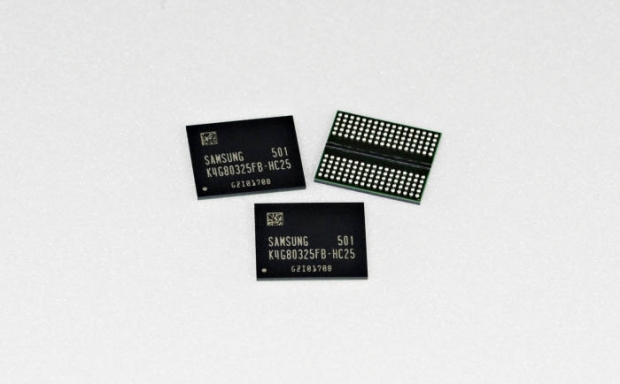This is a huge step considering that the largest available GDDR5 was stuck at 4 Gigabits Gb or (512 MB) capacity. Single 8 Gigabit Gb chip is an equivalent of 1GB memory and now with 8 RAM chips you can get up to 16 GB on a single GPU. This is probably a direction that Nvidia and AMD will be taking.
Sapphire Radeon R9 290X is one of the few cards that comes with 8GB buffer size and we believe that there will be more cards coming with 8GB and in the professional market we will see even more. Sapphire is using sixteen 512MB chips to reach 8GB and this is going to be possible with eight chips. With sixteen 8 Gigabit (1024 MB / 1GB) chips you will see 16GB GDDR5 powered graphics cards.
The combination of 20nm manufacturing process and the fact that you will need less chips to achieve larger capacities will be welcomed in notebooks as it will save power. We expect to see more cards with 8GB or more and cards such as AMD FirePro W9100 have a less complex PCB as they will need two times fewer chips. The same goes for Nvidia quadro cards such as Nvidia Quadro K6000 that will can host more than 12GB.
Huge resolutions including UHD 4K 3840x2160, professional DCI 4096 × 2160, (5K) 5120 × 2160 or the one that Apple uses for iMAC called 5K 5120 x 2880 will need more memory and this is where these memory chips are a perfect fit. A need for more bandwidth in 4K gaming will also drive the need for cards with more than 4GB and Samsungs 8 Gb chips will be a perfect match.
We believe that 32GB will be the maximum with sixteen of 8 Gbit Samsung GDDR5 chips.




